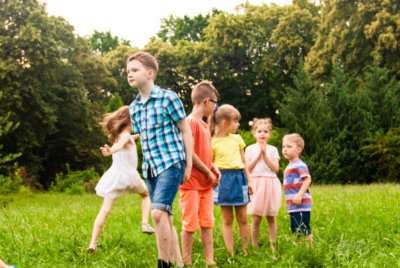RESEARCH
Sensory Garden Design Proposal for Children with Autism Spectrum Disorder
Summary
This study addresses the critical need for specially designed sensory gardens for children with Autism Spectrum Disorder (ASD) to support their psychological and physical development and enhance social participation. Recognizing that children with autism often experience sensory integration difficulties, leading to hypersensitive responses, the research highlights how connecting with nature, particularly in tailored outdoor spaces, can reduce stress, improve emotional resilience, and support cognitive function. The study is set within the context of the İnönü University Foundation Special Education and Rehabilitation Center (IFSER) in Malatya, Turkey, where there are currently no sensory garden designs specifically for autistic individuals, despite the general understanding that special garden designs are important for students with autism. The core aim was to plan and propose a sensory garden design for the IFSER center’s neglected outdoor area, emphasizing that user needs and wishes should be paramount in the design process.
The study employed a mixed-methods approach as its design, including a field survey and analysis of the existing site (incorporating a SWOT analysis), a determination of user requests and needs through surveys with 25 parents of disabled children attending the center, and face-to-face interviews with 7 staff members. Key findings from this data collection revealed that the existing garden at IFSER was not suitable or safe for children with autism, lacking appropriate equipment and special activity areas. Parents expressed concerns about their children running away due to the neglected, large area but also reported that taking their children to parks decreased stress and improved communication skills. Staff members acknowledged the potential benefits of outdoor education and therapy for autistic children but noted that the current garden’s state prevented such activities. Based on these findings and established sensory garden criteria, the researchers developed a design proposal incorporating therapeutic, sensory, social, and physical functions through elements like ornamental pools, an animal care area, texture paths, sensory and music walls, a horticultural area, and various plantings chosen for their sensory appeal and calming or stimulating properties.







